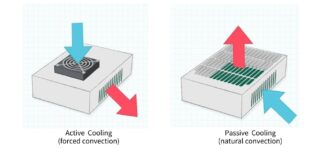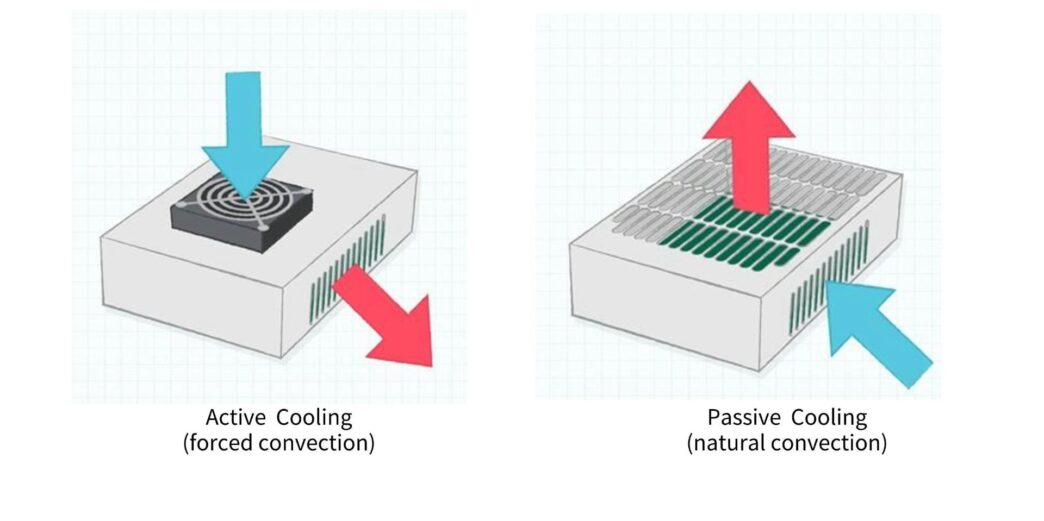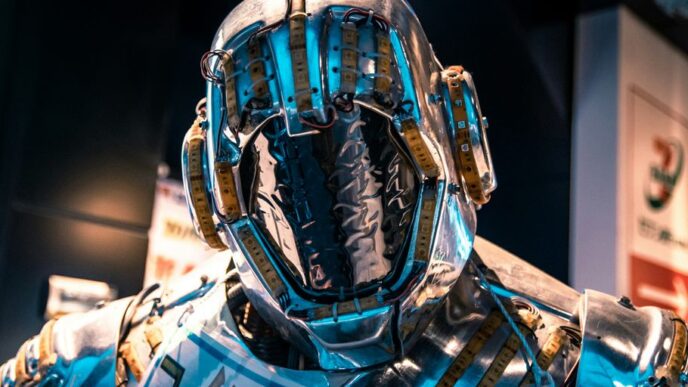Active heat sinks use fans or liquid cooling for superior heat dissipation, making them ideal for high-performance systems like gaming PCs and powerful processors. They provide excellent cooling but require power and maintenance. While Passive heat sinks rely on natural heat dissipation, offering a silent and energy-efficient solution for low-power devices.
They require no maintenance but may struggle with intense workloads. Choose active for maximum cooling and passive for quiet, low-maintenance efficiency—the right option depends on your device’s needs!
Why choosing the right heat sink matters.
Selecting the right heat sink is crucial for your device’s performance, longevity, and efficiency. Poor thermal management can lead to overheating, system failures, and reduced productivity, especially in high-performance applications like gaming or data processing.
A well-chosen heat sink improves reliability, ensuring components last longer with fewer repairs. It also enhances energy efficiency, preventing unnecessary power consumption and reducing operational costs. In short, the right heat sink keeps your tech running smoothly while saving you money and extending your device’s lifespan!
Active Heat Sinks: High-Performance Cooling
Active heat sinks use fans or mechanical components to enhance cooling efficiency, quickly dissipating heat from electronic devices. This approach is ideal for high-performance environments like gaming PCs and servers, preventing thermal throttling and ensuring optimal performance.
While highly effective, active heat sinks have drawbacks, including noise from fan operation and potential maintenance issues due to moving parts. They are best suited for situations where maximum cooling is needed, especially in confined spaces where passive solutions may be insufficient.
How They Work
Active heat sinks use fans or pumps to improve cooling by increasing airflow or liquid circulation over the heatsink. This makes them much more effective than passive cooling systems.
- Heat Absorption: When components generate heat, the active heat sink absorbs it.
- Air Circulation: A fan pulls in cool air and pushes it across the heatsink’s fins, carrying heat away quickly.
- Adaptive Cooling: Some models have temperature sensors that adjust fan speed based on heat levels, improving efficiency and saving energy.
- Liquid Cooling (Advanced): Instead of air, liquid cooling systems circulate fluid to absorb and transfer heat more effectively, ideal for high-performance devices.
These cooling methods help prevent overheating, ensuring optimal performance and longevity for electronic components.
Advantages
- Superior Cooling Efficiency – Fans or pumps provide continuous airflow, quickly dissipating heat.
- Prevents Thermal Throttling – Keeps temperatures low, maintaining device performance and longevity.
- Adjustable & Adaptable – Many models allow users to control fan speed based on workload.
- Effective in Compact Spaces – Works well in tight configurations where passive cooling may be insufficient.
Disadvantages
- Noise Issues – Fans can be loud, which may be distracting in quiet environments.
- Energy Consumption – Requires power, increasing energy costs.
- Higher Maintenance – Moving parts can wear out, requiring occasional repairs or replacements.
- Shorter Lifespan – Fans and pumps degrade over time, leading to additional costs.
Active heat sinks are great for high-performance applications but come with trade-offs like noise and maintenance needs.
Passive Heat Sinks: Silent and Energy-Efficient
Cooling devices rely on natural convection and conduction to dissipate heat without using fans or electrical components. Made from materials like aluminum or copper, they feature large surface areas with fins or ridges to enhance heat dissipation.
Passive heat sinks operate silently and consume no power, making them ideal for energy-efficient and noise-sensitive applications. However, they are less effective in high-performance scenarios requiring rapid cooling.
How Passive Heat Sinks Work
Passive heat sinks work by dissipating heat through natural convection and thermal radiation without requiring fans or other mechanical components. Their efficiency depends on their design, material, and surface area.
- Heat Absorption – The heat sink absorbs thermal energy from the component it’s attached to, typically a processor or power module. This is done via direct contact with a thermally conductive material like aluminum or copper.
- Heat Spreading – The absorbed heat spreads across the heat sink’s body to distribute thermal energy evenly.
- Natural Convection – Since hot air is less dense than cool air, it naturally rises. The heat sink’s fins or ridges increase surface area, allowing heat to dissipate efficiently into the surrounding air. As warm air moves away, cooler air replaces it, continuing the cooling cycle.
- Thermal Radiation – Some heat is also released in the form of infrared radiation, helping further reduce the temperature.
Advantages of Passive Heat Sinks
- No Moving Parts – Increases reliability and reduces maintenance.
- Silent Operation – No fans mean zero noise.
- Energy Efficient – Requires no external power source.
Limitations
- Lower Cooling Efficiency – Not as effective for high-performance components generating excessive heat.
- Requires Good Airflow – Passive heat sinks perform best in well-ventilated environments, where natural airflow can efficiently carry heat away. They are ideal for low-power electronics, industrial equipment, and applications that require silent, maintenance-free cooling.
Choosing the Right Heat Sink for Your Needs
When deciding between active and passive heat sinks, consider the following:
- Thermal Requirements – High-performance devices generate more heat and require active cooling, while lower-power systems can rely on passive heat dissipation.
- Space Constraints – Active heat sinks need room for fans, making passive designs preferable for compact devices.
- Noise Levels – If silent operation is a priority, passive heat sinks are the best choice.
- Energy Consumption – Passive options do not require electricity, whereas active heat sinks need power for their cooling mechanisms.
- Maintenance – Active systems require regular cleaning and upkeep due to moving parts, while passive solutions are typically maintenance-free.
Each of these factors contributes to finding the right cooling solution for your needs.
Best Use Cases
Your choice between active and passive heat sinks will depend on your specific application:
- Active Heat Sinks – Ideal for high-power applications, such as gaming PCs, servers, and high-performance computing systems that generate substantial heat. These solutions ensure efficient cooling under heavy workloads.
- Passive Heat Sinks – Best suited for low-power devices, such as home theater systems, industrial electronics, and silent computing setups, where energy efficiency and noise reduction are critical.
Understanding your system’s cooling needs, noise limits, and energy use will help you choose the best option. If you need strong cooling, an active heat sink is ideal, while a passive heat sink offers silent, maintenance-free reliability. The right choice ensures your device runs efficiently and lasts longer.













